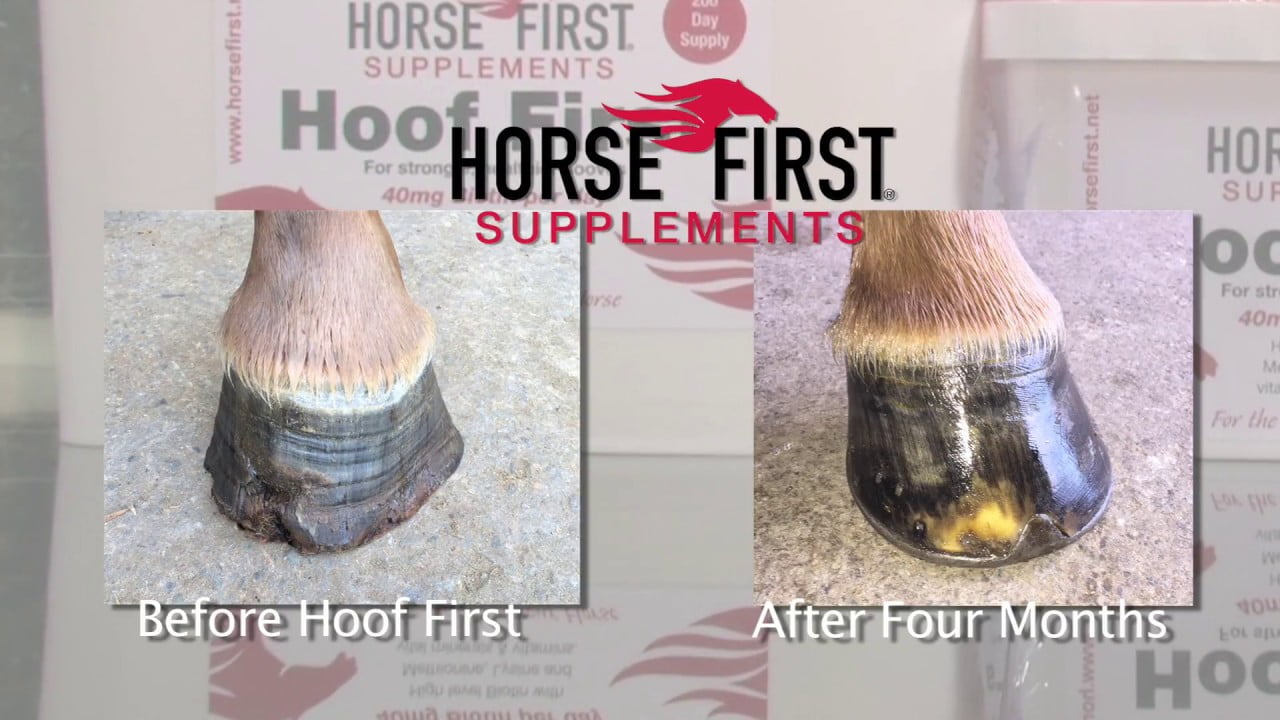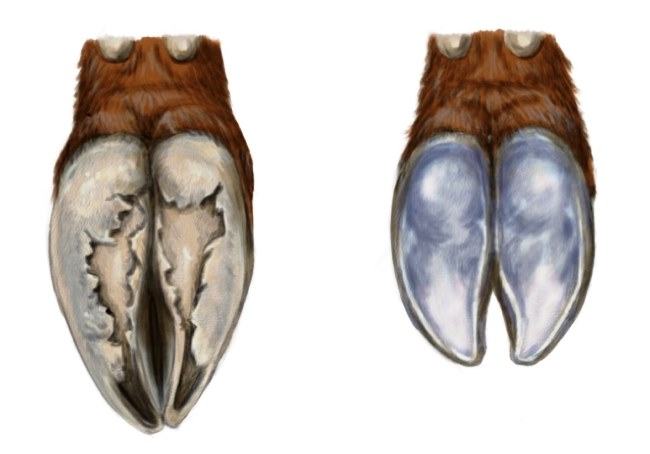


The Digerati Group websites also use cookies, which are files that are placed on your computer when you visit The Digerati Group websites. Such information is anonymous and is not meant to personally identify you. This information may include IP addresses, Internet domain names, and types of devices and web browsers accessing The Digerati Group websites.

When you access The Digerati Group websites, The Digerati Group automatically gathers information that most web browsers automatically make available. Information Collected By The Digerati Group The Digerati Group reserves the right, at any time and without notice, to add to, update, change, or modify this privacy policy by posting a new version on this page. The effective date of this privacy policy is. By using any of the websites or services of The Digerati Group, you represent and warrant that you have read and understood this privacy policy, and agree to its terms.

I use to do ressections, I've had really good luck with drilling the hole in the hoofwall and it is a better alternative and is much more appealing to the eye to watch a circular hole grow down than half the hoof wall.This privacy policy is intended to provide information to users of The Digerati Group's websites, and users of the services provided by The Digerati Group, about how The Digerati Group uses, stores, and protects information associated with such users. I basically was giving an alternative to doing a big ressection. I would have your farrier or vet do this. This horse was in extreme pain for a week before treatment and was sound, almost immediately, after the ressection.
Clean trax hoof before and after full#
I chose to do a full ressection on this horse because it was deep and went further than I could predict from the bottom. I hope I am not breaking rules here but if you want to see pictures of a ressection, there is pictures on my website that shows the damage WLD can do and trust me it can be much worse. And the hole will allow a better alternative than taking so much hoof wall off. The hole will let the drying agent, in this case Thrush buster, drain. it allows air to get to the area which was the problem to begin with because the bacteria was allowed to grow because of no air to kill it. If your holding the hoof up it should run in every place where the WLD is and will come out the hole. While holding the hoof up I squirt the thrush buster in the area I exposed on the bottom. 5.) Then I take my wire brush to the bottom one more time and I use thrush buster. 4.) From the outside, Depending on the severity I drill a hole on the outside (through the hoof wall) with a 1/8th or 1/4 inch bit. If caught early it could be the shank, or less, of the nail, if not it can be much further or worse. I take the nail and try and find out how far the WLD has progressed. Do not get deep in the sensitive structures, stay in the white line area. I have done ressections on horses but have also had good results doing the following: If the WLD has been caught early it should have not spread too far 1.) Take a wire brush to the bottom of the hoof 2.) From the bottom, I take a new horseshoe nail and hoof knife and clean out the area being careful to not get too deep, I just want to open up the area a little and get some air to the area and let it breathe. If you really have WLD you should get after it because it will get bad in a hurry.


 0 kommentar(er)
0 kommentar(er)
